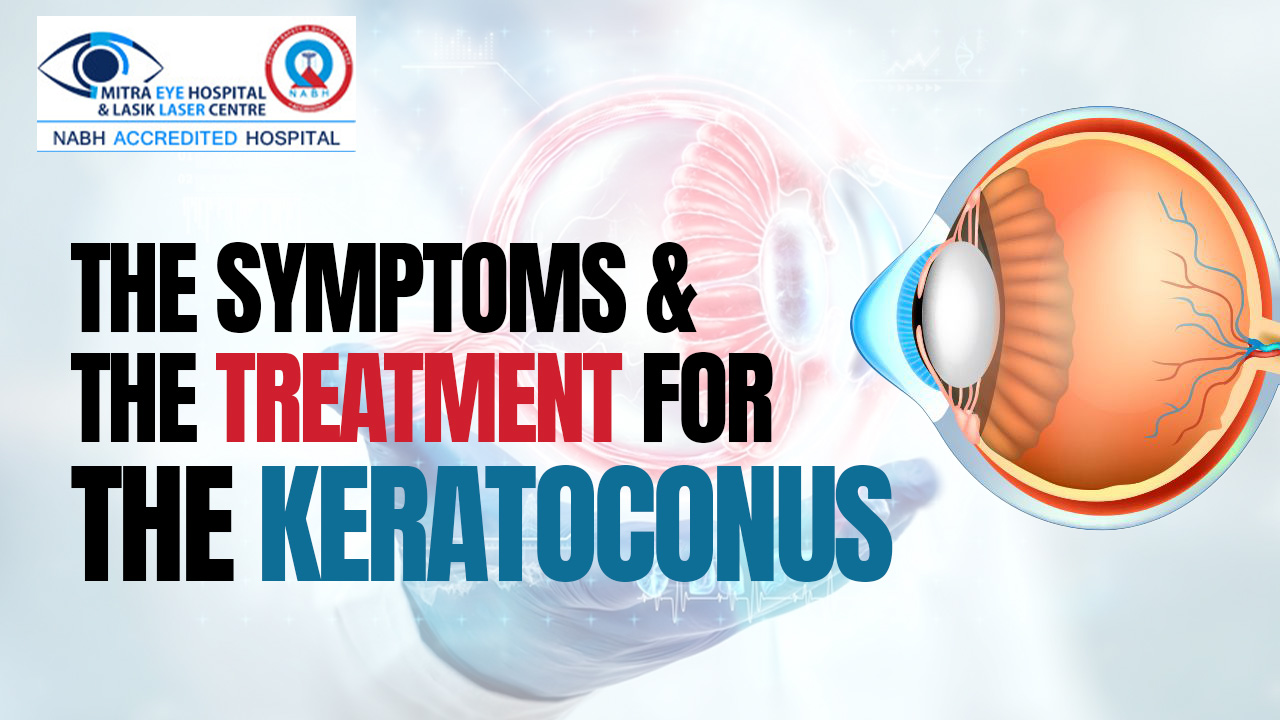In this digital world people are suffering from different eye problems. The reason behind it is an unhealthy diet and spending more time on mobile phones. From all the problems, Keratoconus is also a common problem. It is a condition in which the cornea of the eye changes its shape. It becomes thinner and bulges outward into a cone shape.
What is the definition of Keratoconus?
Normal people have dome-shaped corneas. It is so similar to a small ball. Keratoconus is a condition in which the cornea fails to hold its shape for a long time. It bulges outward and takes the cone shape. The change in the shape and capability of the cornea is Keratoconus. The strengthening source of the cornea is named collagen which holds the actual shape of the cornea.
What are the causes of Keratoconus?
Family history: If there is anyone in your family who has suffered from the condition, then there are chances for the occurrence of Keratoconus.
Systemic disorders: some conditions can lead to Keratoconus. There are four factors under the systemic disorder.
- Down syndrome
- Ehlers- danlos syndrome
- Osteogenesis imperfecta
- Retinitis pigmentosa.
Inflammation and allergies: People with asthma face the problem of Keratoconus. Atopic eye disorder can be a reason for Keratoconus in some cases. The breakdown of eye cornea tissue can be the reason for the atopic eye disorder. The eye doctor in Punjab is known for providing the treatment of Keratoconus. The rest for some time is needed after the surgery of Keratoconus.
The habit of rubbing your eye: Many kids and adults have a habit of rubbing their eyes so tightly. Harshly rubbing can damage the cornea tissue.
Symptoms of the Keratoconus
Symptoms of Keratoconus may change as the disease progresses. They include:
- Blurred or distorted vision.
- Increased sensitivity to bright light and glare can cause problems with night driving.
- A need for frequent changes in eyeglass prescriptions.
- Sudden worsening or clouding of vision.
Diagnosis for Keratoconus
Your healthcare advisor examines to learn about your family. Some tests are also taken that are as follows:
- Eye refraction: in this test special equipment is used to measure the eyes. Doctors ask you to look through the device. This device contains wheels of different lenses, which are known as phoropters.
- Slit-lamp examination: A direct vertical beam of light on the surface of the eye and a low-powered microscope are used in this test. This low-powered microscope is helpful to view the eye. The eye doctor evaluates the shape of the cornea with this technique.
- Keratometry: it is an examination that focuses on the circle of light on the cornea. It also measures the reflection of the light. It is useful for determining the basic shape of the cornea.
- Computerized corneal mapping: it is a photographic test like corneal tomography and corneal topography. It records the images to create a detailed shape and map of the cornea. Corneal tomography is used to measure the thickness of the cornea. It can detect the signs of Keratoconus at an early sign. The best eye hospital in Phagwara provides you with the best treatment.
Treatment of the Keratoconus.
There are different types of Keratoconus.
Lenses
- Eyeglasses or soft contact lenses. Glasses or soft contact lenses can correct blurry or distorted vision in early Keratoconus.
- Hard contact lenses. Hard contact lenses are often the next step in treating more advanced Keratoconus. Hard lenses include rigid, gas-permeable types.
- Piggyback lenses. If rigid lenses are uncomfortable, your eye doctor may recommend piggybacking a hard contact lens on top of a soft one.
- Hybrid lenses. These contact lenses have a rigid center with a softer ring around the outside for increased comfort.
- Scleral lenses. These lenses are useful for very irregular shape changes in your cornea in advanced Keratoconus.
Therapies
Corneal cross-linking: The cornea gets saturated with eye drops named riboflavin. It is useful for the treatment of cornea with ultraviolet rays. It causes the cross-linking of the cornea, which stiffens the cornea to prevent further shapes.
Surgeries
There are different types of surgeries
- ICRS: full form of ICRS intrastromal corneal ring segments. For mild and moderate Keratoconus. Your doctor gave you a suggestion for inserting the small synthetic rings in the cornea of the eye. It can flatten the cornea, which can be helpful for the improvement of your eye vision.
- Cornea transplant: you have corneal scarring and extreme thinning. You are more likely to need a cornea transplant. It totally depends on the situation of the eye. It needs replacement or treatment. The medical term for transplant is keratoplasty.
Nowadays, people suffer from eye problems. For the treatment of eye problems, visit Mitra Eye Hospital and LASIK Center.

